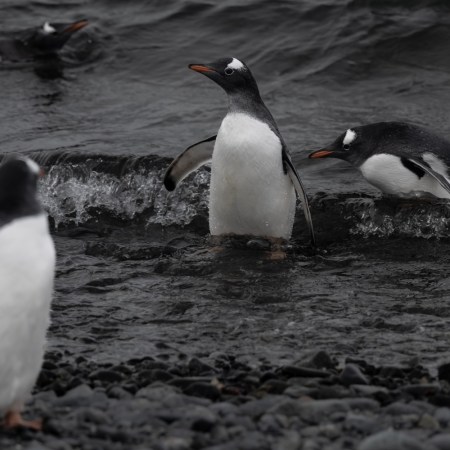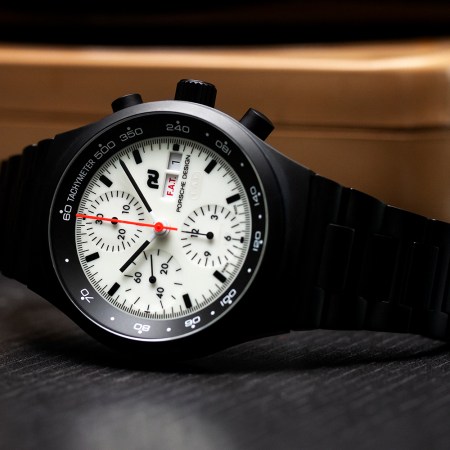As with many species on the planet, emperor penguins are facing an existential crisis due to climate change. The fact that they reside in Antarctica, which has been experiencing heightened levels of instability as of late, has more than a little to do with that. But determining the severity of the threat that they face is no easy task — there isn’t a way for humans to unobtrusively observe penguins in their natural habitat without standing out just a bit.
Humans may not be well-suited to this task, but it turns out that robots can do it just fine. At least, there’s one robot that can: ECHO, which stands three feet tall and allows scientists to monitor the penguins’ activities. As a report from CNN notes, the scientists using ECHO for their work can also manually control the robot to get a closer look on something which might be of particular interest.
CNN describes ECHO as part of a larger program that involves RFID sensors to track penguin chicks. It’s under the auspices of SPOT, otherwise known as the Single Penguin Observation and Tracking observatory. When using SPOT and ECHO in tandem, scientists have been able to identify specific penguins in large groups. They’re also able to gain valuable information about the birds’ dining habits.
As Smithsonian Magazine observes, this new technology allows the scientists to monitor thousands of penguins at a time — something that can lead to a better understanding of the penguins’ lives and the dangers that they face.
Thanks for reading InsideHook. Sign up for our daily newsletter and be in the know.


















